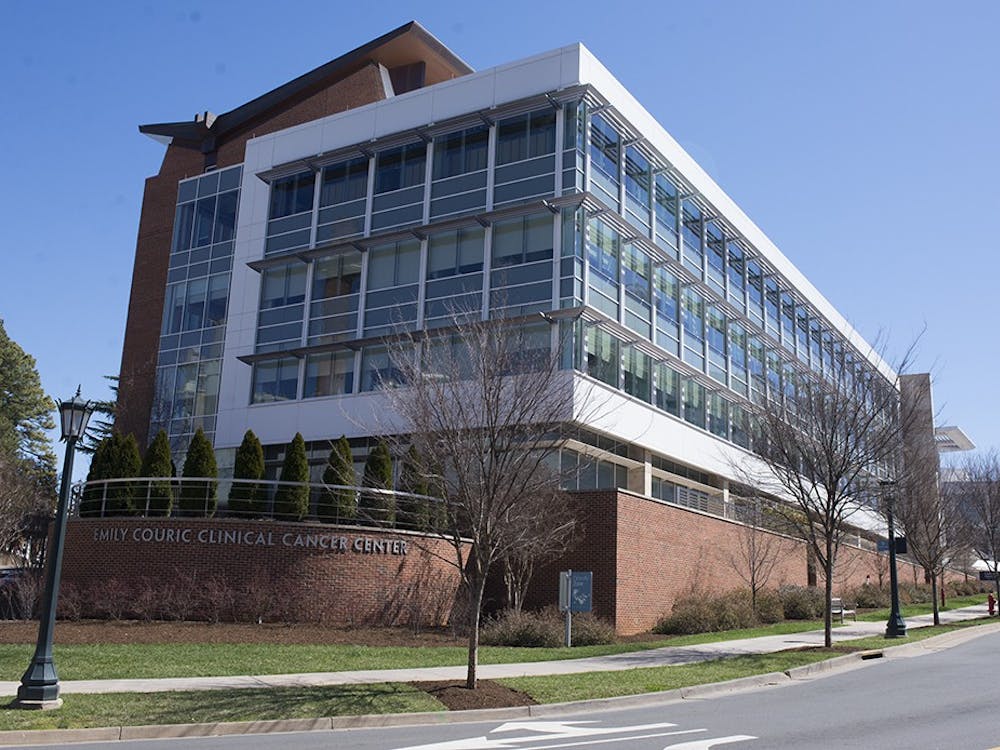Some years ago, the use of nanotechnology in cancer treatment was all the rage in the medical community. Though the initial hype has since died down, the technology’s potential benefits still exist in a very real and — one might ironically suppose — very big way. With that in mind, I decided to dig into the results for the past decade’s worth of work in this field of modern medicine.
But first, what is nanotechnology? Generally, it is a term used to describe man-made engineered technology that can alter matter on an incredibly small scale. The generally accepted value qualifying for “nano-ness” is between one and 1,000 nanometers in at least one dimension. To give you an idea of just how small a nanometer is, think of the thickness of one human hair ... then cut it up into 80,000 pieces. Or, in a medical context, one human cell measures 5,000 to 200,000 nanometers in diameter.
Testing completed during the past 10 years has shown that nanotechnology can be used to attack cancer in a variety of ways, primarily by exploiting differences between normal and abnormal cells. Cancer cells tend to produce more blood vessels than normal cells to feed themselves more efficiently. Quality is lost at the expense of quantity, however; the structural integrity is compromised between endothelial cells, which results in more blood being lost. Nanotechnology uses tiny engineered molecules and devices to infiltrate a cancer cell’s loose defenses and wreak beneficial havoc.
A nanovector, for example, is a nanoscale particle that delivers protected drug molecules to a cancerous site. One of the simplest forms a nanovector might take is a liposome. Shaped like a bubble, the design of the liposome’s skin is like the surface of a human cell. The liposome’s ability to carry therapeutics within greatly enhances its lethality, and its fatty coating allows it to stay in the body for longer periods of time. Anti-cancer drugs like Doxorubicin are currently being used in this manner. It provides a way to deliver high doses of treatment without causing too much damage to normal cells.
What if it was possible to place detonators inside enemy territory? A similar idea was carried out in mice with venereal tumors using a nanoshell. These little hotpockets have a gold exterior that encases a semiconductor like silicon. After being placed at a tumor site, the nanoshells can be activated by infrared light or a strong magnetic field to nuke nearby cancerous tissue.
The Venus Flytrap, with its sweet-smelling scent, is able to lure and capture its prey all at once. Why not try this approach with cancer as well? University of Michigan researchers developed a highly branched, 5 nanometer molecule — the dendrimer — and loaded it with folic acid (the sweet smell) and methotrexate (the deadly trap). Cancer cells divide extremely fast, and this replication creates a huge folic acid deficit. Like the aforementioned plant, the dendrimer simultaneously baits its victim — cancer cells — with its folic acid lure and kills it with methotrexate poison. The researchers were able to delay tumor growth in mice by 30 days, equivalent to 3 human years, with dendrimers. An added benefit was a reduced toxicity profile when compared to standard chemotherapeutic regimens.
The frequently cited idea that the best offense is a good defense holds true in the medical realm as well. The early detection of cancer can help doctors better provide for their patients and lead to better outcomes. With the help of dendrimers, one can visualize a single cancer cell with great sensitivity.
The future of nanotechnology in cancer will ideally package all of these ideas into one device. Imagine an intelligent, multifunctional “nanodoctor” that could enter the body, evade the immune system, find a pre-cancerous cell and destroy it. Naturally, the greatest challenge still facing nanotechnology, like any other chemotherapeutic agent, is finding a way for the engineered devices and molecules to selectively attack the cancer stem cells that produce rapidly dividing daughter cells and not the body’s healthy cells. Nanotechnology should prove to be a useful ally in the battle against cancer. It might be an overly clichéd statement, but it’s true: Size does matter.
Ashok is a University Medical student. He can be reached at a.tholpady@cavalierdaily.com.






